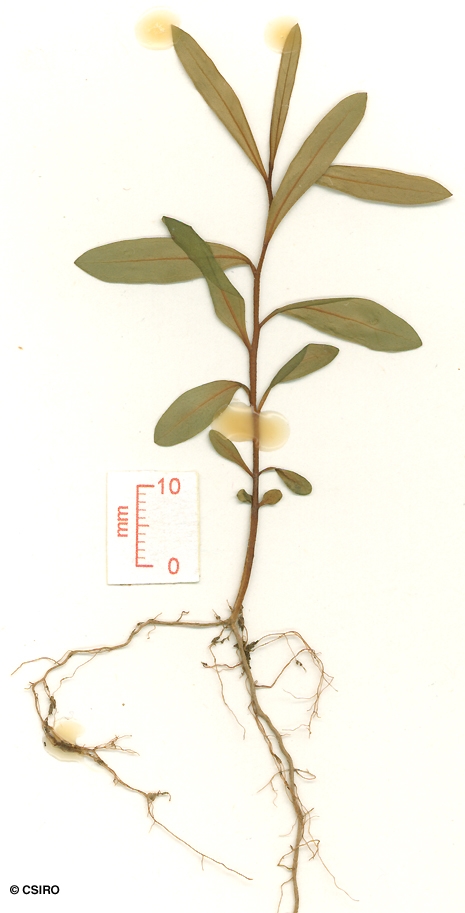Australian Tropical Rainforest Plants - Online edition
Melaleuca viminalis (Sol. ex Gaertn.) Byrnes



Byrnes, N.B. (1984) Austrobaileya 2(1): 75.
Weeping Bottlebrush; Creek Bottlebrush; Drooping Bottlebrush; Red Bottlebrush
Generally a gnarled, poorly formed tree or shrub. Dead bark layered.
Oil dots numerous and conspicuous, almost touching one another. Leaf blades about 25-138 x 3-27 mm.
Individual flowers sessile and arranged in fairly compact spikes about 7-8 cm long, with the staminal filaments projecting at right angles to the inflorescence so that the whole structure resembles a red bottle-brush. Petals about 4-6 mm long.
Seeds small, about 1-1.5 mm long. Cotyledons folded once and rolled lengthways.
This common 'bottle brush' is planted extensively in the tropics with several colour forms from red to pink with a white form now available.





